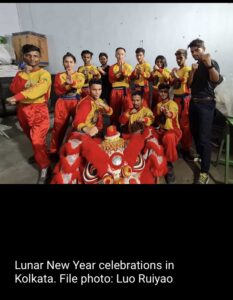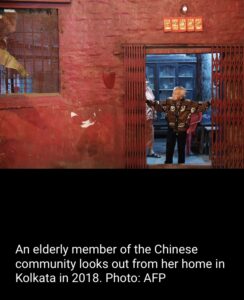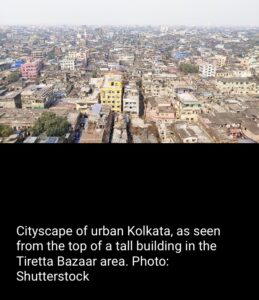Chinatown in Kolkata, India. Chinatown in Kolkata, India. Chinatown in Kolkata, India. Chinatown in Kolkata, India




Indian Chinatown’s ‘forgotten’ history comes alive in Kolkata walking tours
Kolkata’s Tiretta Bazaar is home to a Chinatown that’s hundreds of years old, but while thousands once lived there that number dwindled and the area became less popular
That’s changing, though, with walking tours and neighbourhood groups keen to encourage interest in history and engage with the local community
Nilosree Biswas
Even before the British arrived in the 1600s, Kolkata traded with other nations, meaning foreign traders visited the city.
“It was never a city of Bengalis, per se,” said McGill, a linguistic anthropologist. “And yet most of the research done on Kolkata has been focused on the Bengal renaissance and the national movement led by Hindu Bengalis. The lack of research about the population other than the Bengalis is glaring and the gap is only starting to be addressed.”
Sabir Ahmed, one of the founders of the Bengal-based citizens’ initiative Know Your Neighbourhood, said historical amnesia was linked to identity politics. “Knowing one’s neighbourhood is linked with the creation of a society where pluralism, equality, communal harmony are considered integral and non-negotiable,” he said.
The project began as a social experiment in 2016 to try to heighten public engagement between communities. Now, it enables many to learn about Kolkata’s marginalised neighbourhoods and communities like Chinapada and Daftaripada, where many Muslim bookbinders live. “There is an urgent need for peaceful coexistence, by forging inclusive relationships,” said Sabir.
Such efforts have helped the area regain its popularity and build new relationships with Kolkata residents elsewhere; the population of the wider metro area is well over 10 million.
Is latest China-India border clash the start of increased violence to come?
Sharing stories
Neogi noted that the Chinese community “played a very important role in … professions like carpentry, dentistry, silk, shipbuilding”, while Ahmed said links between Chinese and Indians were “integral” to local culture.
“Just as they have been shaped by the city’s culture, the Chinese people have in turn played a role in shaping Kolkata,” he said.
An important contribution to the city is how Chinese setters have helped to shape modern Bengali food habits. From the 1950s to the late 1970s, the city had what many believe to be the best Chinese restaurants in India, all owned and managed by Cantonese people, and often housed in buildings that used to be tanneries.
Yet making a living through Chinese food was not enough for an overall sense of well-being; the ongoing political apathy added to continued migration that had begun in the post-war days.
Lunar New Year celebrations in Kolkata. File photo: Luo Ruiyao
Those who stayed, though, are bound to the city by love and livelihoods.
“We have many friends among the Cantonese community who have discussed their life experiences with us, happily opening some of their private spaces to the public,” said McGill. “It is the trust of the community members in our research, narrative, and in us personally that allows us to conduct tours.”
Visitors also appreciate this inclusive approach, she added.
Her words resonated with the city’s Chinese Consul General Zha Liyou, who joined a recent Know Your Neighbourhood walking event. “There should be more awareness about the community, their practices, traditions and lived histories,” he said.
Members of Kolkata’s Chinese community watch a lion dance during Lunar New Year 2018. Photo: Getty Images
Amid children and older history enthusiasts, Ahmed, who led the walk, reflected on how such tours integrate local community members. “We feel this gives them space to share their views and stories, and makes them feel less like tour exhibits,” he said.
While the old China-influenced diversity of Kolkata is not rising Phoenix-like, yet, with a more informed understanding of the city’s Chinese past and present, and so much more citizen participation, it is certainly being increasingly enjoyed, and recognised.


























